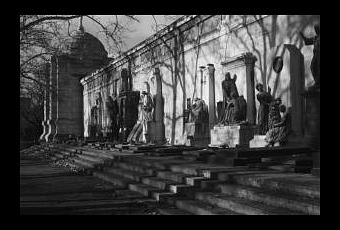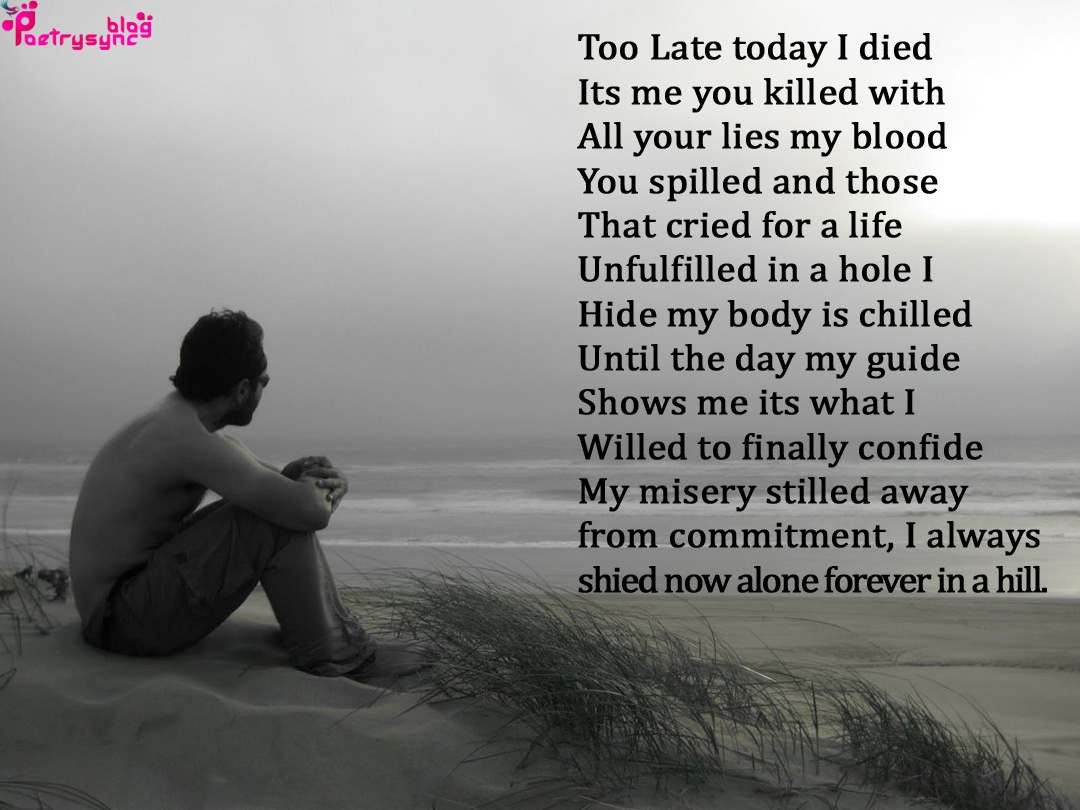

Than ours, a friend to man, to whom thou say’st, When old age shall this generation waste, Thou, silent form, dost tease us out of thought With forest branches and the trodden weed Is emptied of this folk, this pious morn?Īnd, little town, thy streets for evermore Lead’st thou that heifer lowing at the skies,Īnd all her silken flanks with garlands drest? To what green altar, O mysterious priest, That leaves a heart high-sorrowful and cloy’d,Ī burning forehead, and a parching tongue. Your leaves, nor ever bid the Spring adieu She cannot fade, though thou hast not thy bliss,Īh, happy, happy boughs! that cannot shed Though winning near the goal-yet, do not grieve Thy song, nor ever can those trees be bare īold Lover, never, never canst thou kiss, Not to the sensual ear, but, more endear’d,įair youth, beneath the trees, thou canst not leave Heard melodies are sweet, but those unheardĪre sweeter therefore, ye soft pipes, play on What pipes and timbrels? What wild ecstasy? What mad pursuit? What struggle to escape? What men or gods are these? what maidens loath? What leaf-fringed legend haunts about thy shape

Thou foster-child of Silence and slow Time,Ī flowery tale more sweetly than our rhyme:

Thou still unravish’d bride of quietness! The Romantic concept is about as Keatsian as it gets: Unlike the more despondent “Ode on Melancholy” or “Ode to a Nightingale”, this poem leaves us with a small thrill of optimism: the figures on the urn are in a constant state of pleasure, ‘For ever piping songs for ever new’, never to be ravished by time. It discusses the link between art and humanity (as shown by the creation of the urn), and how essential true beauty is to man. Of the several great odes Keats wrote in 1819, this is perhaps his most philosophical. Through the thought still spread beyond her: The richness of the language showcases the classic Romanticism found in much of Keats’ work, with the imagery touching on hedonism, as well as his preoccupation with nature and the seasons (which is explored further in poems such as “To Autumn”). It’s no secret that his imagination elevates the everyday and produce what can be described as escapist poetry. Inspired by the garden at Wentworth Place, this poem makes the list because it affords us a window into Keats’ creative process. Since we have chosen to focus on his shorter poems here, an honourable mention must go to three of his longer narrative poems: “Isabella,” “The Eve of St Agnes,” and “Lamia.” Many more great poems haven’t made it, but here is our choice of the ten greatest poems by John Keats. This list is intended to collate the poems which reflect Keats’ extraordinary genius and ability to handle a range of themes and form, rather than simply his most famous. Somewhere along the way, he managed to become one of the most beloved poets of the English language and a perfect example of Romanticism. John Keats (born Octo– died February 23, 1821) began life as the son of a stable-owner, and ended it as an unmarried, poor and tuberculosis-ridden young man.


 0 kommentar(er)
0 kommentar(er)
